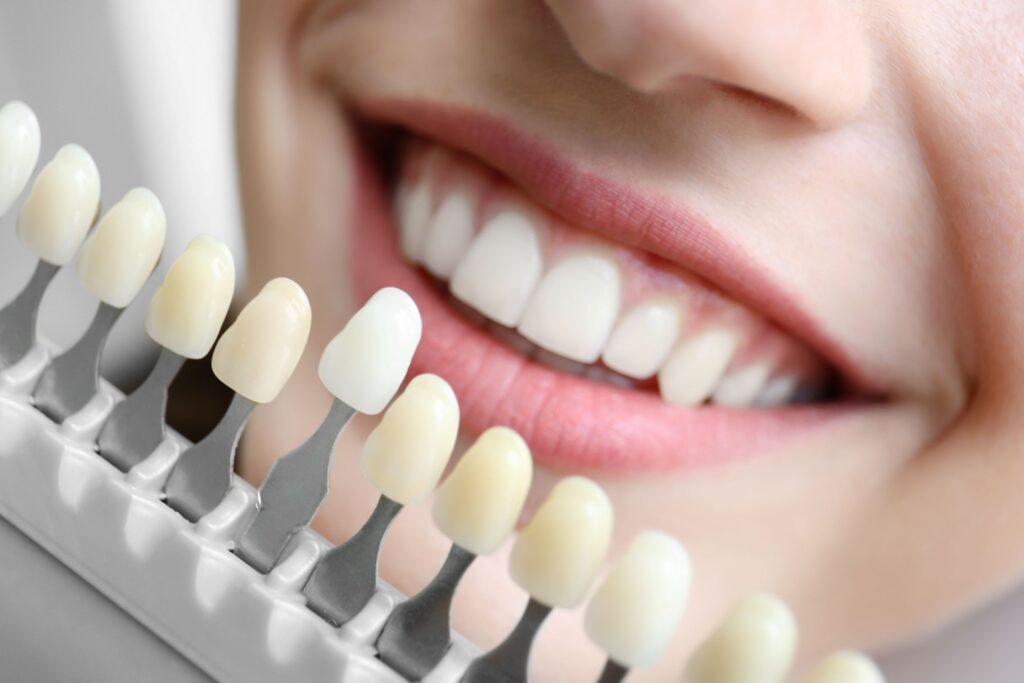
One of the first things people notice about you is the quality of your smile, but if your teeth are blemished, you might not make a positive impression. If your grin appears more gray than pearly white, you might feel self-conscious about your looks and avoid spending time with others.
Fortunately, you don’t have to live with tinted teeth forever. Your dentist offers several cosmetic and restorative procedures that can enhance your appearance. Continue reading for 3 potential causes for gray-toned enamel and how they’re treated!
Issue #1: Medications
Would you be surprised to learn that taking certain medications can impact your dental development? For instance, tetracycline is an antibiotic often used to treat respiratory tract and other infections, but it binds to calcium and causes a chemical reaction that leads to discoloration. This can affect how your enamel develops, especially if you’re exposed to the drug before you turn 8 years old.
Another medication that can potentially cause discoloration is Ledermix, a paste used during root canals. It contains demeclocycline, which is a type of tetracycline antibiotic that can have a similar impact on the shade of your smile. Topical teeth whitening with your dentist can potentially brighten your grin enough that the blemishes disappear in comparison.
Issue #2: Trauma
Many people think of their pearly whites as solid mounds of bone-like structure in their mouths, but the truth is they contain soft pulp and nerves inside. These deliver essential nutrients to your teeth and gums through your bloodstream. They also detect changes in temperature, pressure, and other stimuli to let you know when you have a dental problem.
However, if you sustain an injury that cuts off blood flow to your tooth, it kills the nerves and takes on a dark or gray hue. Sometimes, the damage takes hold slowly and takes years to cause eventual discoloration. If it becomes infected, your dentist may need to extract and replace it with a dental implant or other restoration. Otherwise, it might be resolved with a root canal and a customized dental crown that looks like your natural teeth.
Issue #3: Genetics
Your heritage might also play a role in your dental discoloration because some conditions, like dentinogenesis imperfecta, are passed down through your family. This rare disorder affects the development of the layer of dentin beneath your enamel. It causes brittle, thin, and often gray-toned teeth prone to injury and/or loss.
Your provider cannot cure it, but they can provide various treatments to strengthen and protect your enamel. For instance, topical fluoride treatments can help remineralize the protective outer layer, and dental sealants can be used to prevent caries. They can also provide dental bonding, veneers, or dental crowns to mend or mask any chips, cracks, or other minor to moderate injuries detracting from your appearance.
If you care for your teeth consistently and are unsure why they look dark or dirty, the best next step is to consult your dentist!
Meet the Author
Dr. Raj Vekariya is passionate about helping families in Canonsburg improve their lives by enhancing their oral health. He began his dental education in India and worked as an associate dentist before moving to the United States and graduating from New York University’s College of Dentistry with a Doctor in Dental Surgery. Today, he offers a comprehensive menu of services, including cosmetic and restorative treatments. He combines a caring approach with advanced technology to deliver comfortable and accurate results intended to last. You can request an appointment on the website or call (724) 300-3700.
